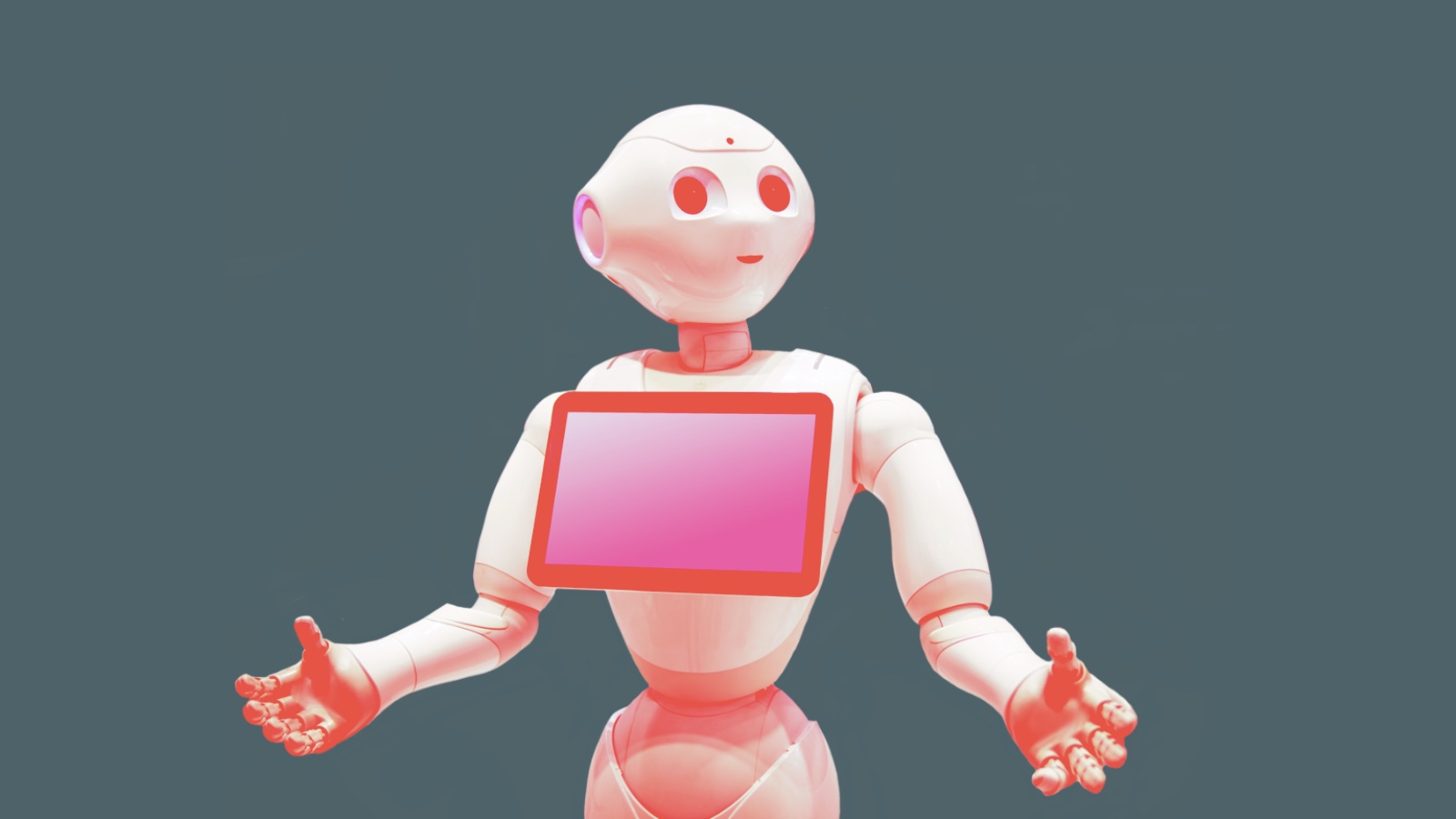How Soon Until Robots Teach Elementary School?

What’s the Latest Development?
Any widespread adoption of robots into society will depend on their ability to interact subtly with humans, reading our gestures and emotional cues accurately and responding appropriately. Currently, a National Science Foundation project aims to “develop robots that can help children with disabilities learn social and cognitive skills.” At Michigan State University’s Embodied Intelligence Laboratory, engineers are studying how robotic learning and cognitive development “can look more like human learning in order to strengthen the connection between children and robot teachers.”
What’s the Big Idea?
As machine intelligence advances beyond the mechanical proficiency of factory-floor robots, white collar jobs are edging closer to automation. Computers already perform some tasks of law clerks and nurses, so could the teaching profession be given over, at least in part, to robots? As the digital revolution hits education, recent research out of Yale suggests that tele-linked classes are not as effective at teaching as when a teaching robot is physically present. Yale professor Brian Scassellati says that the physical presence of a teacher aids in our learning because we naturally respond better to things we perceive as being alive.
Photo credit: Shutterstock.com





